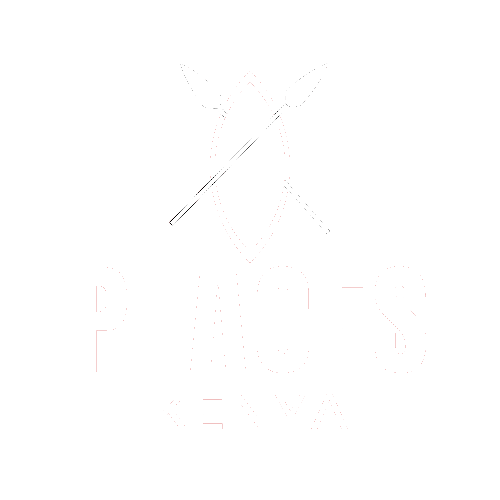The pastoralist communities in Laikipia County have recently made significant strides in their environmental conservation efforts, leading to an impressive financial reward of Sh108 million from carbon credits. This substantial sum arrives at a crucial juncture for these communities, as they grapple with the aftermath of a devastating drought that decimated their livestock, which is their primary source of income.
The three conservancy groups in the arid Laikipia North Sub-County were the fortunate recipients of the carbon credit windfall, with each conservancy receiving Sh36 million. These funds were channeled through the Northern Rangelands Trust (NRT), an organization that supports 43 community conservancies throughout the country.
According to Alloyce Lekuton, the director responsible for the Mountain region at NRT, the beneficiaries actively participated in a range of conservation activities. These initiatives included safeguarding indigenous forests such as the Mukogodo Forest, the planting and protection of native tree species, and the management of rangelands through controlled grazing. These conservation efforts collectively contribute to the reduction of carbon dioxide in the atmosphere.
During a bursary issuance event at Kurum village, where over 700 secondary and university students affiliated with Naibungá Upper Conservancy received Sh4 million, the positive impact of the carbon credit disbursement was palpable. Elizabeth Paraiton, a member of the conservancy, highlighted the ripple effects of livestock deaths on education and water scarcity. She expressed gratitude that a portion of the carbon credit funds had been allocated to rehabilitate water sources, such as boreholes.
Furthermore, Peter Kilesi, the conservancy chairman, emphasized the adoption of a comprehensive rangeland management strategy. This approach involves the strategic zoning of communal land to promote grass growth, supporting both livestock and wildlife. He also outlined the conservancy’s plan to allocate 40% of the funds to further conservation efforts, with the remainder earmarked for educational support, water provision, and overall livelihood enhancement. This strategic allocation reflects the community’s commitment to sustainable development and environmental stewardship.

